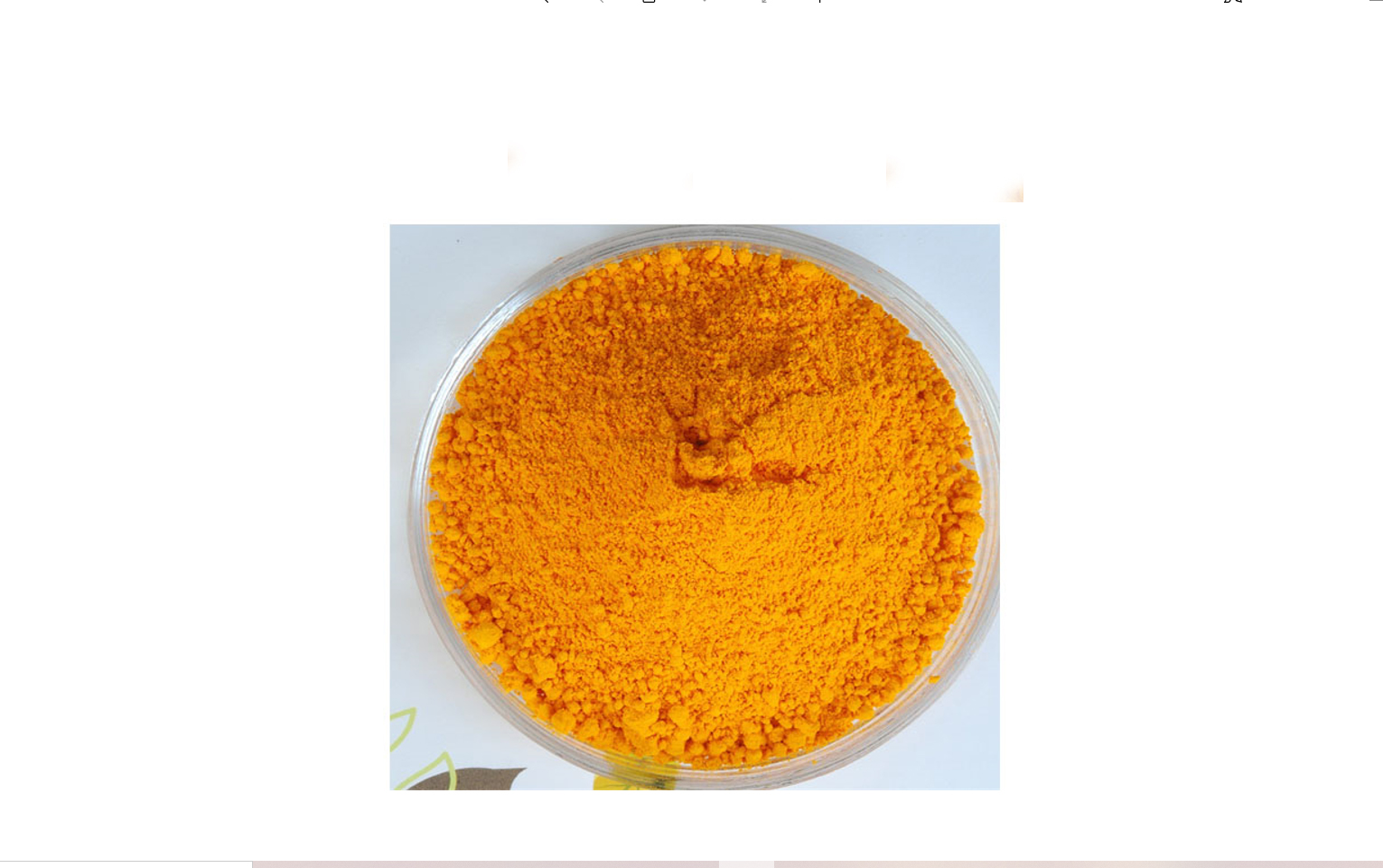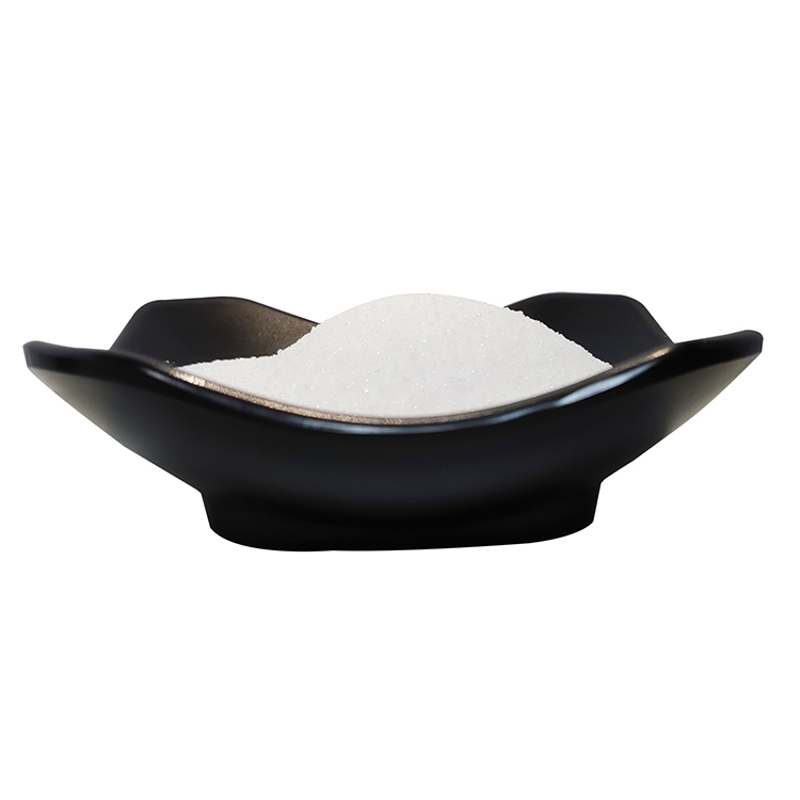-
Categories
-
Pharmaceutical Intermediates
-
Active Pharmaceutical Ingredients
-
Food Additives
- Industrial Coatings
- Agrochemicals
- Dyes and Pigments
- Surfactant
- Flavors and Fragrances
- Chemical Reagents
- Catalyst and Auxiliary
- Natural Products
- Inorganic Chemistry
-
Organic Chemistry
-
Biochemical Engineering
- Analytical Chemistry
-
Cosmetic Ingredient
- Water Treatment Chemical
-
Pharmaceutical Intermediates
Promotion
ECHEMI Mall
Wholesale
Weekly Price
Exhibition
News
-
Trade Service
Institute of Nutrition and Health, Chinese Center for Disease Control and Prevention Yin Chunjie, Gan Qian, Zhang Qian
In recent years, with the increasing rate of myopia among children and adolescents, myopia has increasingly become a public health problem
of social concern.
According to the latest data from the National Health Commission, the overall myopia rate of children and adolescents in China in 2020 was as high as 53.
6%, of which 35.
6% were primary school students and 71.
1%
were junior high school students.
China is in a period of rapid development of socio-economic level, and changes in lifestyle and eating habits are one of the important reasons for the rapid increase in the rate of
myopia among children and adolescents in recent years.
Most parents recognize that myopia is caused by genetics and irrational eye habits, but it is easy to ignore the relationship between
diet and myopia in children and adolescents.
To this end, the Institute of Nutrition and Health of the Chinese Center for Disease Control and Prevention, the Chinese Academy of Education Sciences and Wenzhou Medical University cooperated from December 2021 to June 2022 to carry out the "Research on the Relationship between Primary and Secondary School Diet and Myopia", and conducted 7 counties (banners) in 6 provinces in different regions of China (Zhaote Banner of Inner Mongolia Autonomous Region, Zhaozhou County of Heilongjiang Province, Jinzhai County of Anhui Province, Youxi County of Fujian Province, Shanglin County of Guangxi Zhuang Autonomous Region, Mian County, Shaanxi Province and Mao County, Sichuan Province) respectively carried out special surveys on children's myopia and daily diet, measured the poor vision and myopia of primary and secondary school students, investigated the dietary intake of students for 3 consecutive days, and collected information such as their eye habits, outdoor activity time, parents' visual acuity, etc.
, to explore the impact
of various factors such as diet and behavior and lifestyle on myopia in primary and secondary school students.
The results of the preliminary analysis showed that among the 2,533 primary and secondary school students who participated in the survey, the overall rate of poor vision was 57.
3 per cent, compared with 61.
7 per cent for girls, higher than that of boys at 53.
3 per cent
.
Their overall myopia rate reached 42.
9%, and the myopia rate of students in county towns (49.
6%) was significantly higher than that of rural students (36.
0%)
.
A number of published studies at home and abroad have shown that certain minerals, vitamins, plant compounds, fatty acids and added sugars in the diet are related
to myopia in children and adolescents.
Several studies have shown that adolescents with myopia are generally deficient in micronutrients
such as calcium and vitamin B1.
With the development of China's food processing industry, more and more refined and fine foods, long-term consumption of finely processed foods, is likely to appear calcium and vitamin B1 and other micronutrient deficiencies
.
In recent years, more and more foods containing added sugar in the diet of Chinese residents, such as sugary drinks, cakes and desserts, sugar and candy, etc
.
Some studies at home and abroad have observed that excessive intake of foods containing added sugar not only leads to childhood obesity, but also easily causes or aggravates their myopia
.
Researchers have also found that fresh vegetables and fruits are rich in a variety of plant compounds that are beneficial to vision health, such as lutein in green leafy vegetables such as kale, spinach, broccoli, lettuce, peas, anthocyanins in dark plants such as bilberry, goji berries, blueberries, blackcurrants, and saffron
in plants such as saffron, gardenia, and mimon.
Some basic studies carried out abroad have shown that these substances can slow down the lengthening of the eye axis and inhibit the increase in diopters, thereby alleviating the occurrence and development
of myopia.
In addition, N-3 polyunsaturated fatty acids rich in food oils (such as soybean oil and rapeseed oil), fresh deep-sea fish and fish oil also have a certain protective effect
on eye health.
Therefore, in the process of preventing and controlling the occurrence and development of myopia in children and adolescents, the cultivation of nutritious dietary habits is very important
.
It is necessary to pay attention to correcting the bad eating habits of children and adolescents, reduce the intake of sugary foods, increase the intake of dark vegetables, fruits and dairy products, and appropriately increase the intake
of deep-sea fish.
At the same time, increasing outdoor activity time and eye muscle adjustment is important for the prevention of myopia, and it is necessary to increase outdoor activities
in children and adolescents.
The school can organize badminton, table tennis and other ball activities, flying spheres can mobilize the eye ciliary muscle to continuously contract and relax, help relieve eye fatigue, and strengthen eye muscle function
.
Parents can take their children outdoors on weekends to fly kites or climb mountains to transform the close-up view into a distant view and relieve eye fatigue
.
This allows the eye to receive more light stimulation, regulate the dopamine level of the retina, and inhibit the growth
of the eye axis.
The combination of reasonable diet and outdoor activities can effectively prevent and control myopia
in children.
(Source: China Education Daily)
China Food News(November 23, 2022, Version 03)
(Responsible editor: Han Songyan).







